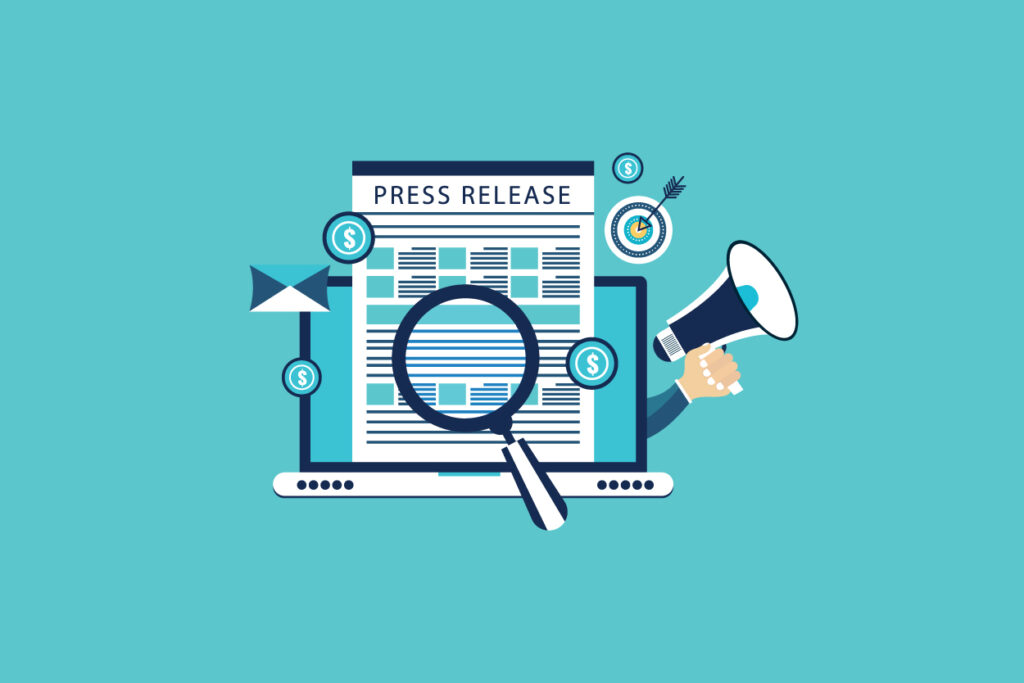The visibility factor as an integral part of business strategies is not just an add-on luxury in today’s hyper-connected, reputation-determined world. Public Relations (PR) is no longer just a “nice-to-have” strategic investment but is now considered to yield easily measurable returns. For C-suite executives hoping to build trust, speed up growth, and sustain long-term value of brands, public relations have no longer been tagged as a discretionary expense, usually slashed when budgets start tightening.
“This is an argument that now needs to be reframed: hiring a PR firm is not an expense; it’s an asset.”
The ROI of Reputation:
A global survey conducted by Weber Shandwick estimates that, on average, 63% of a company’s value in the market relates to its reputation. In areas like finance, healthcare, and high-technology-reputation-influenced sectors earnings are even higher. Just a single “positive mention” in a top-tier outlet like Forbes, Bloomberg, or The Wall Street Journal can change investor perceptions about a firm, increase the loyalty with which customers view that firm, and enable access to strategic partnerships.
This is not conjecture; it is historical. Companies engaged in the strategic and tactical deployment of public relations experience a 20-30% increase in inbound sales inquiries as a result of consistent media coverage. Startups with earned media coverage raise up to 30% more funding in their rounds, according to a HubSpot startup growth report.
PR Builds Long-Term Equity Unlike Ads:
While advertising may offer quick wins, its impact ends the moment the budget runs dry. PR, on the other hand, builds long-term brand equity through credible third-party validation. Think of it this way: people are 3X more likely to trust a news article than a paid ad (Nielsen Trust in Advertising Report).
Take the example of Slack. Before this IPO, they were spending millions in testifying through PR and not in ads. Their thought-leadership contributions and case studies got published all over the tech papers. The buzz did not just get them their downloads, but it actively crafted their existence into that of an indispensable collaboration tool. That then carried with it hard value the day that they listed on stock exchanges at a valuation of $20 billion.
PR as an emergency buffer
Any executive knows it’s built over the years and destroyed in seconds. When an issue erupts, be it data loss, regulatory challenge, or social backlash, a strong PR team would make the difference between recovery and wreckage. Deloitte’s study shows that companies with pre-existing crisis communications plans are able to recover in share price and consumer sentiment levels 30% faster when facing a crisis.
Thought Leadership Converts
Modern buyers especially in B2B don’t respond to hard sales. They respond to insight, credibility, and leadership. That’s where PR shines. It positions your C-suite team as thought leaders through interviews, authored articles, podcasts, and panels.
A report by Edelman found that 64% of buyers say thought leadership is more trustworthy than traditional product marketing, and 47% of decision-makers say it directly influences purchase decisions. If your executives are not part of the conversation, your competitors will be.
Quantifiable Returns: Real-World Example
Let’s look at Gong.io, a revenue intelligence platform. Before raising their $200M Series D, they invested in a PR campaign that secured features in TechCrunch, Business Insider, and Fast Company. Within six months, their web traffic increased 120%, and enterprise leads tripled. The PR push didn’t just increase visibility—it drove the pipeline.
Similarly, a mid-sized cybersecurity firm that invested $10,000/month in strategic PR saw a 20% YoY revenue increase, as C-suite leaders were quoted in ZDNet, DarkReading, and other respected publications. The company noted that 70% of new clients mentioned “seeing them in the media” as part of their decision-making process.
Final Thought: PR Is a Growth Engine
PR isn’t just about getting your name out there. It’s about shaping your narrative, increasing your valuation, and opening doors that paid media cannot. For C-suite leaders aiming to scale trust, attract talent, or navigate risk, PR is one of the most under-leveraged tools in the strategic arsenal.
When viewed through the lens of ROI, risk mitigation, and long-term equity, hiring a PR firm is not a marketing expense. It’s a growth investment one that pays dividends in credibility, opportunity, and sustainable success.

